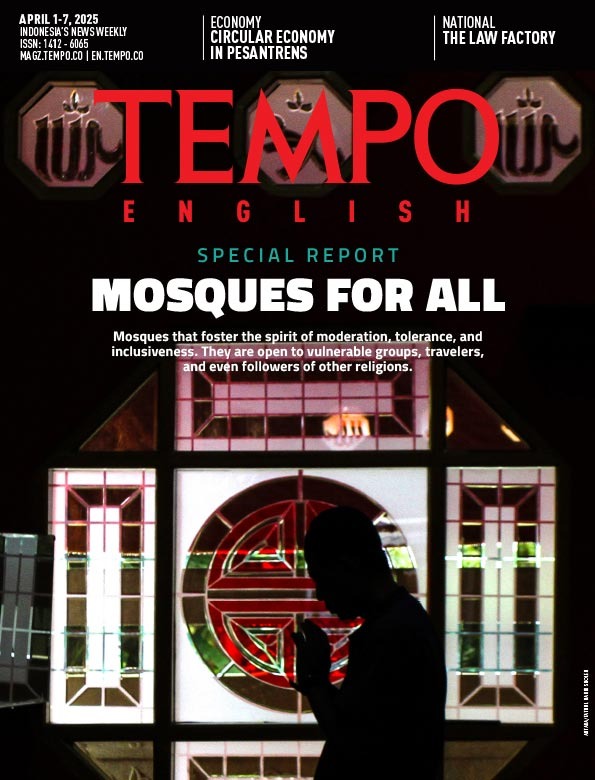200 YEARS OF TAMBORA
Red Skies Over Tambora
Tuesday, April 7, 2015
In 1816, from his studio over the port of Greifswald, overlooking the Baltic Sea, German painter Caspar David Friedrich noticed the unusual dark clouds lingering overhead. The boats docked at the marina looked like shadows. About the same time, painter William Turner, at his studio in London, saw the setting sun turn the sky a terrifying fiery red hue. Unbeknownst to the two artists, they were seeing the effects of an incident that happened the year beforethe eruption of Mt. Tambora in Sumbawa, Indonesia, on April 10, 1815.
That volcanic eruption was four times more powerful than Mt. Krakatau's which occurred later, in 1883. Three years after the Tambora eruptionfrom 1816 to 1819European skies dimmed, because the sun's rays were blocked out. In Switzerland, from April to September 1816, rainstorms lasted for 130 days. The waters of Lake Geneva flooded over, which led to the spread of disease, and in turn, triggered a series of social disasters. The British called 1816 the 'year without summer' and 'the year eighteen hundred people froze to death'.
arsip tempo : 174368884750.

In 1816, from his studio over the port of Greifswald, overlooking the Baltic Sea, German painter Caspar David Friedrich noticed the unusual dark clouds lingering overhead. The boats docked at the marina looked like shadows. About the same time, painter William Turner, at his studio in London, saw the setting sun turn the sky a terrifying fiery red hue. Unbeknownst to the two artists, they were seeing the effects of an incident that happened the
...
Subscribe to continue reading.
We craft news with stories.
 For the benefits of subscribing to Digital Tempo, See More
For the benefits of subscribing to Digital Tempo, See More








